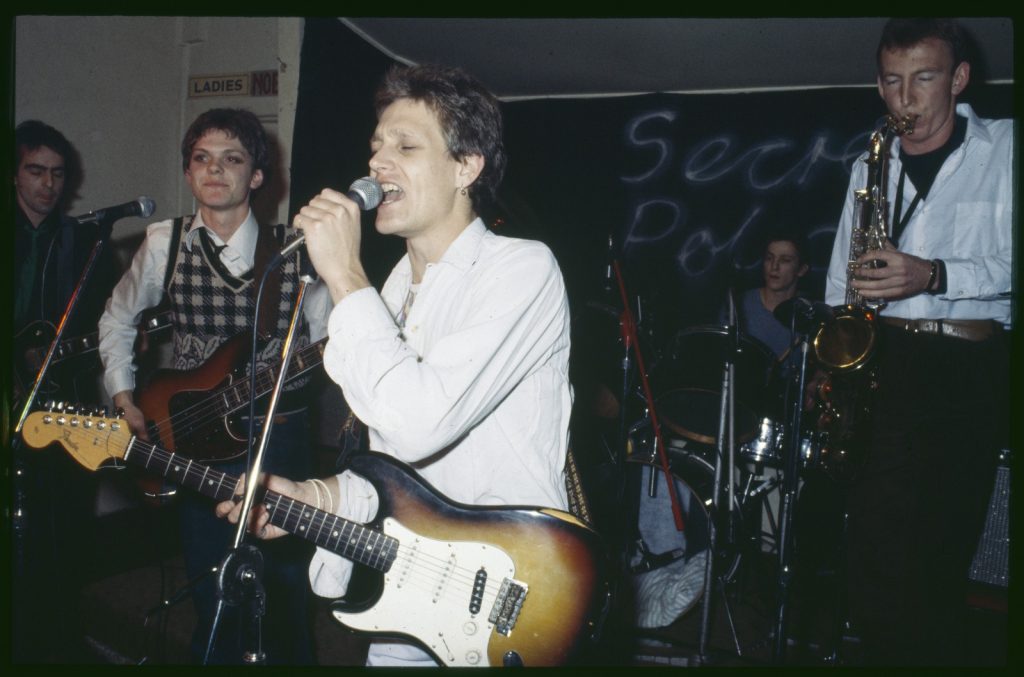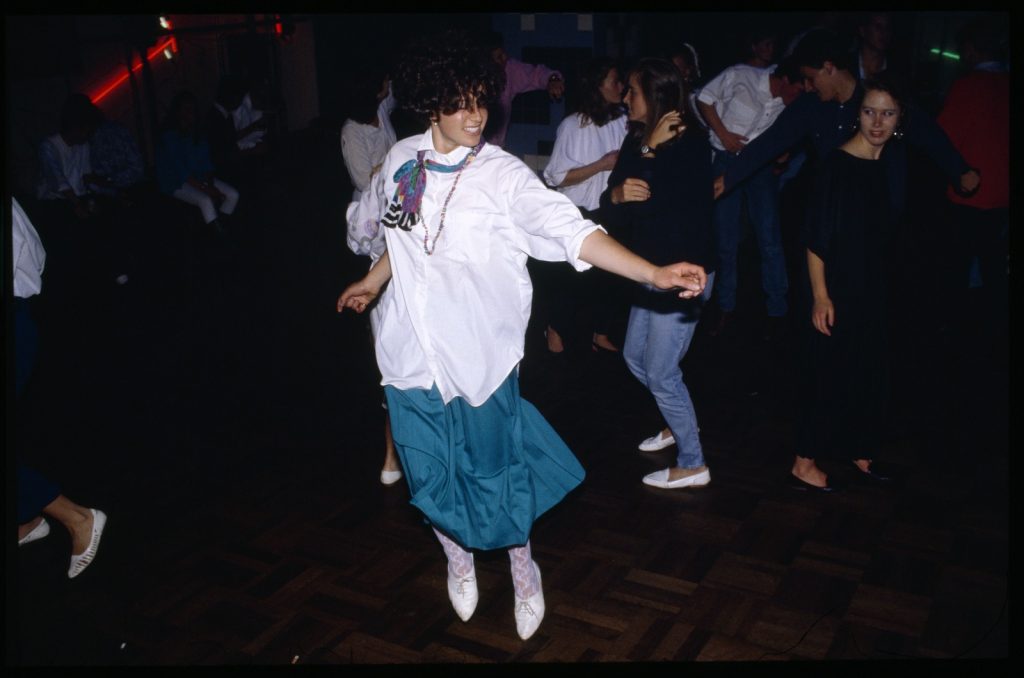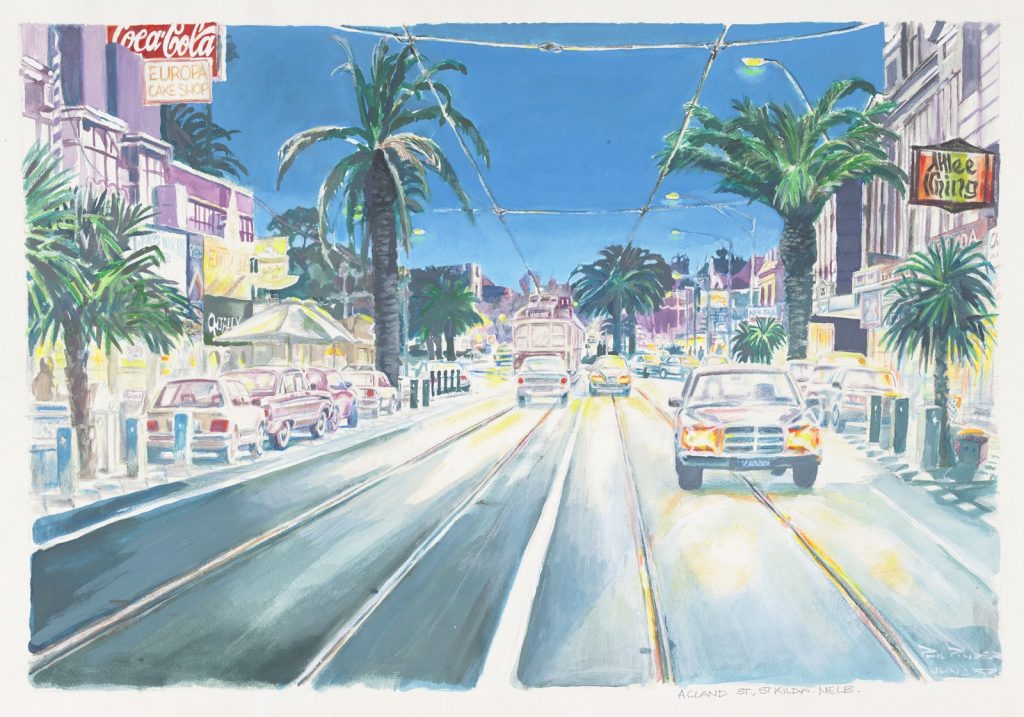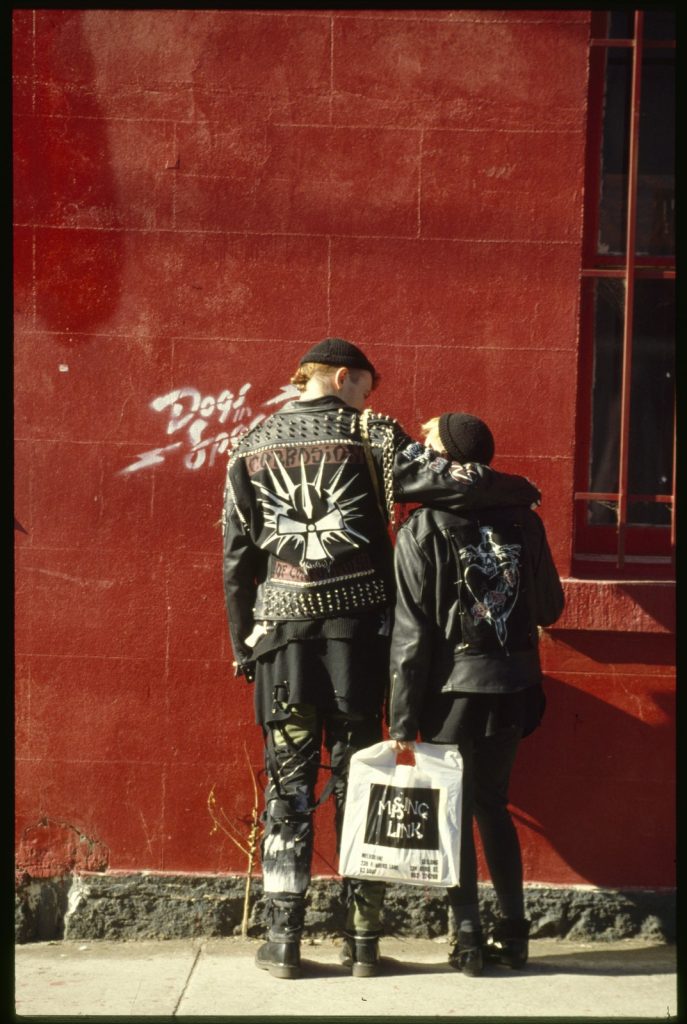By Steven Kafkarisos and Alex Gionfriddo
The ascension of the Seaview Hotel and St Kilda as an epicentre of Melbourne alternative music culture was borne from an administrative error.
In July 1978, the double booking of Anglers Hall for a show for the punk/alternative bands JAB and Secret Police, meant the Seaview Hotel was chosen for the last-minute venue change. The success of the show saw Dolores San Miguel and Charmaine Young, who collected that night’s door money, arrange their own ongoing night there dubbed ‘The Wintergarden Room at the Seaview Hotel’. They booked bands from Melbourne’s burgeoning punk and alternative music scene. 1

The late 1970s was a time when the punk and alternative music in Melbourne was developing. These bands were gigging around Melbourne and its suburbs but only a few venues were a base for punks and alternative punters (such as Richmond’s Royal Oak Hotel and its Tiger Room).
The success of the Seaview Hotel and its ballroom (which was given many names depending on the booking agent, the most famous being ‘The Crystal Ballroom’ named during Laurie Richards’ tenure as booker) gave the music industry a clear sign that alternative music had a place in Melbourne’s live music scene. This success flowed into St Kilda’s music scene in general with a growth in rock and roll venues — notably with The Venue, as well as established pubs (Prince of Wales and the Hotel Esplanade) starting to book alternative bands. Other notable venues around Melbourne like the Exford Hotel and Inflation Nightclub reflected the growing popularity of punk/alternative music.

In the 1970s, St Kilda’s proximity to newly hip South Yarra and Prahran, where there was a flourishing of new arts and fashion, as well as the affluent Caulfield, meant a willing audience was right around the corner to embrace new music. For example, artist Howard Arkley and his friends from Prahran College (including Jenny Watson) were regular attendees at the Ballroom. The sprawling south eastern suburbs of Melbourne were a natural feeder into St Kilda, with the major arterial Nepean Highway running through making the suburb an enticing nightspot for suburban punters starving for some action.

Dolores San Miguel commented on the Ballroom’s fame ‘That opening night… all those people that came up that staircase. Musicians that are famous today, fashion designers, artists that have won art prizes etc., film makers.’ 2 Some of the notable people who frequented the Seaview and were inspired by it included: filmmaker Paul Goldman, children’s author Andy Griffiths and fashion designer Alannah Hill. Richard Lowenstein made the loose biopic film Dogs in Space in 1986, and in 2009 the documentary We’re Living on Dog Food and the filmmaker academic Donna McRae made Johnny Ghost, an examination of experience and memory of the Ballroom and St Kilda scene.

The Ballroom scene lives strong in many people’s memories, but a cursory glance at a gig guide of those days shows that there was a smorgasbord of live music in Melbourne catering for all tastes. The Ballroom scene was a key part of the Melbourne music fabric, but it was not the only part. Other contemporary alternative scenes like the Little Bands scene and the experimental Clifton Hill Community Centre (aka the Organ Factory), were important and their existence impacted on the music scene for many years. Even within St Kilda itself there was a variety of places to see many types of bands and music styles…including dance music and disco.

Notes on the images:
Rennie Ellis photos of punks and punk-influenced fashions reflect his attraction to spectacle, often found in everyday life as well as parties. Many of his St Kilda photos attest to his love of the beach, as well as fashion shows held in venues such as the Seaview Hotel, The Venue and Earls Court.
The painting of Acland Street is by Phil Pinder. He was a versatile artist and filmmaker. His art graced The Last Laugh (run by his cousin John Pinder).
More to explore
Alternative reality – St Kilda and its music scene in the 1970s and 80s – video
References
- Dolores San Miguel. The Ballroom: the Melbourne punk and post-punk scene. Melbourne: Melbourne Books, 2011. 48-50.
- Interview with Dolores San Miguel. ‘Music history, Crystal Ballroom’ St Kilda music walking tours [website]. https://www.skmwt.com.au/history_4.shtml. Accessed November 24, 2020.

